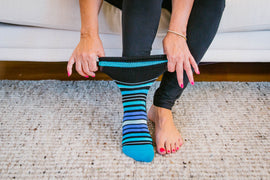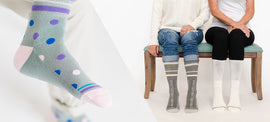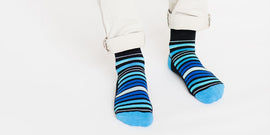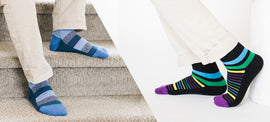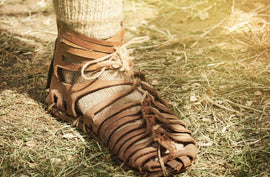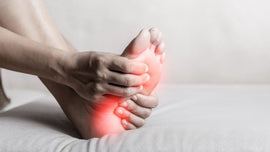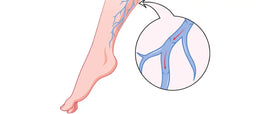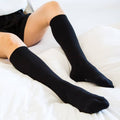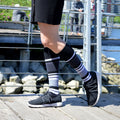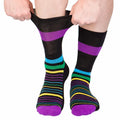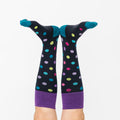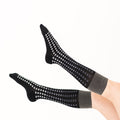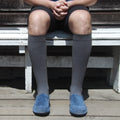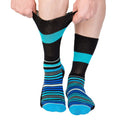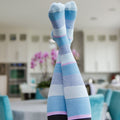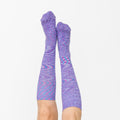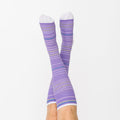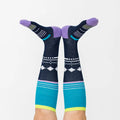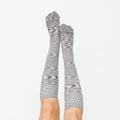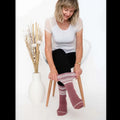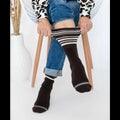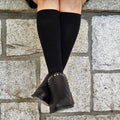Why ankle Compression Socks don’t offer the best compression
Posted by KELSEA FRANZKE
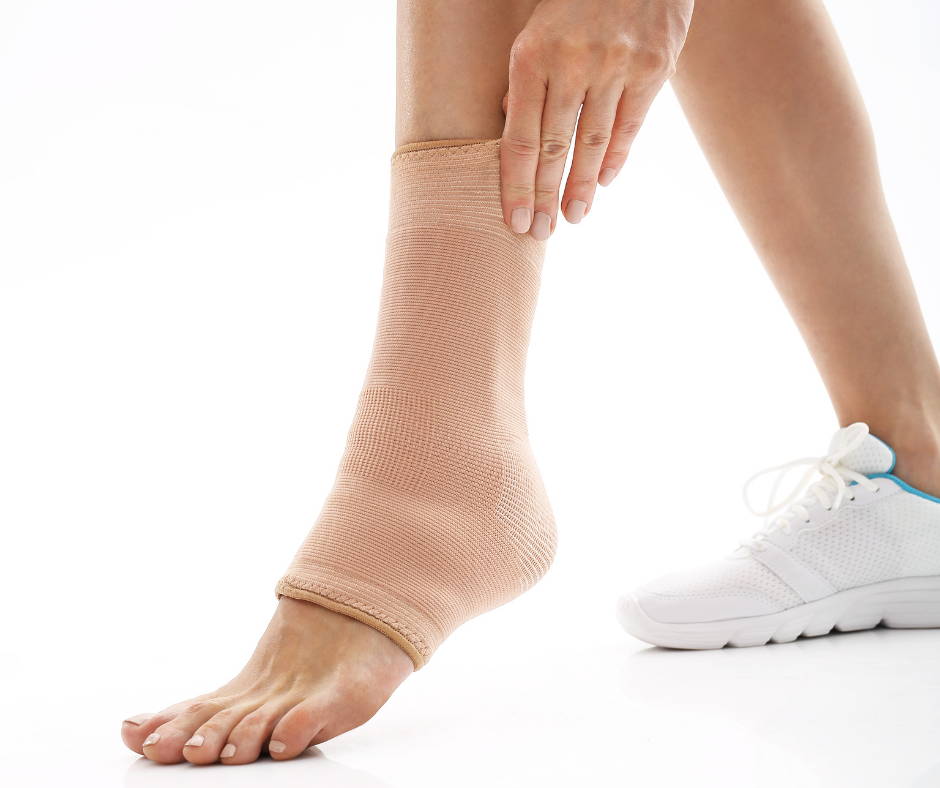
There are various lengths of compression socks for men and compression socks for women available on the market, however, different lengths of socks result in different degrees of benefit.
While ankle compression socks may seem like a good choice for a sleek, inconspicuous option sock with compression, unfortunately wearers do not get the same health benefits as those who wear knee-length Compression Socks. Keep reading to learn why.
COMPRESSION SOCKS AND CIRCULATION
To best understand what Compression Socks are, it’s important to first understand how circulation impacts your legs.
Your heart constantly works to pump blood through your arteries and vessels to reach all the areas in your body. These arteries and vessels act like a hose that carries oxygenated blood that is highly pressurized throughout your body, providing your cells with oxygen and other necessities.
Your veins, however, are not pressurized. This means that they have to work a lot harder to move blood and fluid from your limbs back to your heart because they’re working against gravity. Typically the muscles in your legs assist with this circulation, but they’re not always as effective. This can lead to fluid and blood from pooling in your legs and feet, resulting in swelling, achiness and a feeling of heaviness in your lower limbs.
THE SCIENCE BEHIND COMPRESSION SOCKS
The science behind Compression Socks is fascinating, but it is also quite simple now that you understand how circulation impacts your legs.
The best compression socks work to stimulate circulation in your legs and feet by helping push fluids and blood out of your legs and back up to the heart. They create a gradient of pressure by having a snug fit around the ankle, with the tightness gradually reducing towards the top of the sock which lands just below the knee. This pressure gradient helps prevent swelling and fatigue after a long day of work and activity, and creates better venous pressure.
Dr. Segal’s sock technology incorporates special design and technological features to ensure that the compression socks provide you with the ultimate support, comfort and performance.
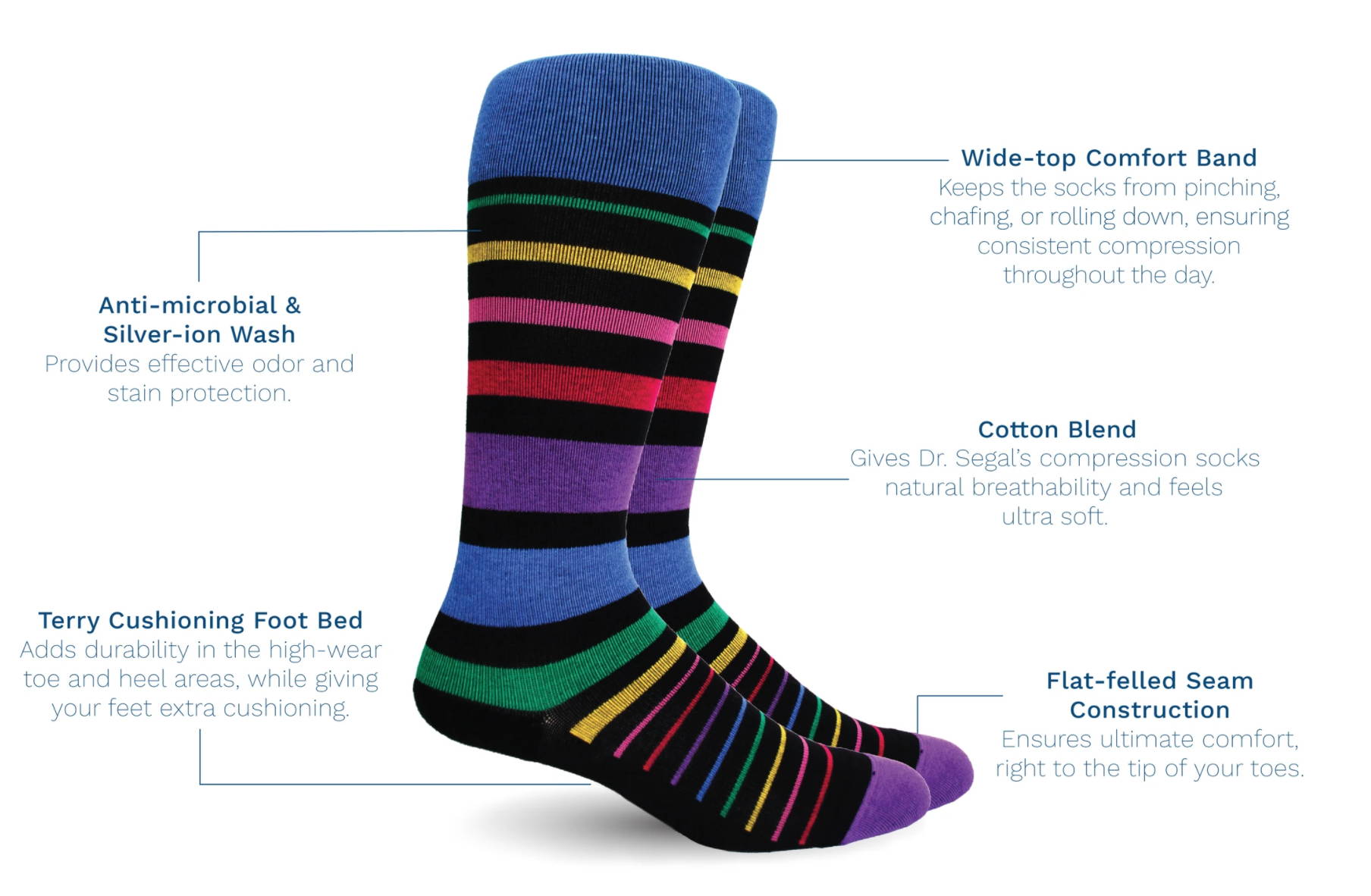
ANKLE COMPRESSION SOCKS vs KNEE-LENGTH COMPRESSION SOCKS:
Compression Socks for men and womens compression socks that use a gradient of pressure, like Dr. Segal’s Compression Socks, use the length of your lower legs to gradually reduce the level of compression from your feet to just below your knees. This graduated compression pushes the fluids and blood that naturally pools in your feet and ankles due to gravity and movement back up to your heart and throughout the rest of your body.
On the other hand ankle compression socks, or any type of ankle support socks that cut off just above the ankle, don’t have nearly enough real estate to use graduated compression to effectively encourage circulation in your feet and legs.
The best compression socks concentrate the compression on just your feet. While this may help combat swelling in your feet, it does nothing to encourage the blood and fluid that has pooled in your feet to travel back up to your heart and throughout your body. Instead, it can result in swelling in your ankles where the compression ends and the fluids sit stagnant.
Here at Dr. Segal’s, we highly recommend opting for knee-length Compression Socks to encourage better circulation and continuous comfort all day long.
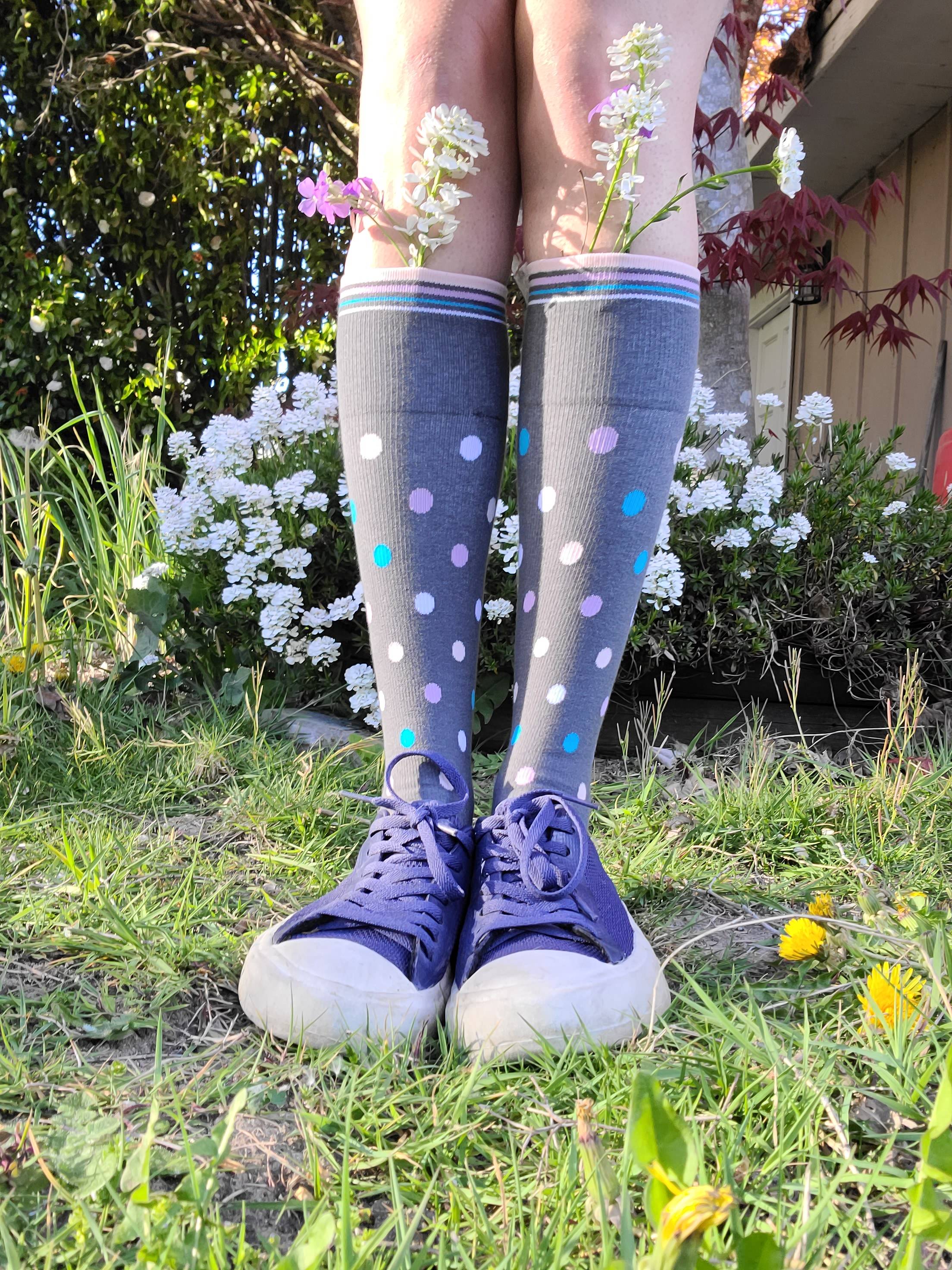
OTHER BENEFITS OF KNEE-LENGTH COMPRESSION SOCKS:
Dr. Segal’s knee-length Compression Socks provide many health benefits including but not limited to:
- Combatting Edema
- Providing ankle support
- Combatting Varicose and Spider Veins
- Fast muscle-recovery for athletes

TAGS:
SHARE:




